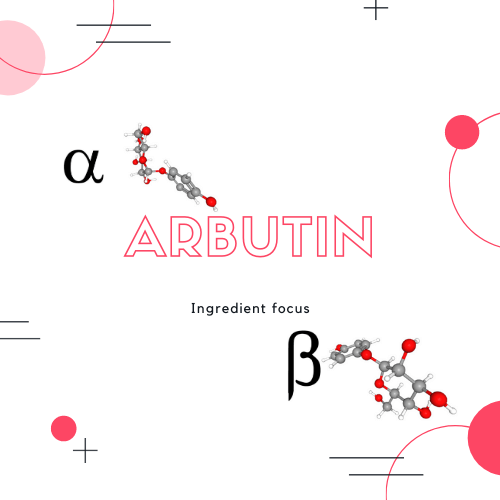Arbutin is a skin whitener /lightener/brightener, depending on your political sensibilities. It comes in three forms: Beta, Alpa and Deoxy (the latter is not used in cosmetics). Beta Arbutin is found naturally in leaves and barks of plants and is the less stable form. The Alpha form is synthetically made and more expensive but is more stable.
How does it work?
The skin pigment melanin gives our skin its colour. Tyrosinase, an enzyme, is essential for the synthesis of melanin. Arbutin is a Tyrosinase inhibitor and results in less melanin being produced in our skin, causing skin to appear lighter. The Alpha form has been shown to be 10 times more effective than the Beta form in lightening skin.
Is it commonly found in products?
In India, Arbutin is commonly found in skin lightening products. Similarly its used a lot in South Korea and Japanese products. Its less common in Western brands.
Are there any safety concerns around Arbutin?
Yes – the safety concerns stem from the fact that Arbutin is a derivative of hydroquinone Under specific circumstances Arbutin will hydrolyse to hydroquinone. Hydroquinone is a skin bleaching agent and in a relatively low number of cases, one of the worst side effects of hydroquinone is ochronosis. Never heard of it?
Trust me, now, you are never going to forget it: these are reported cases of ochronosis.
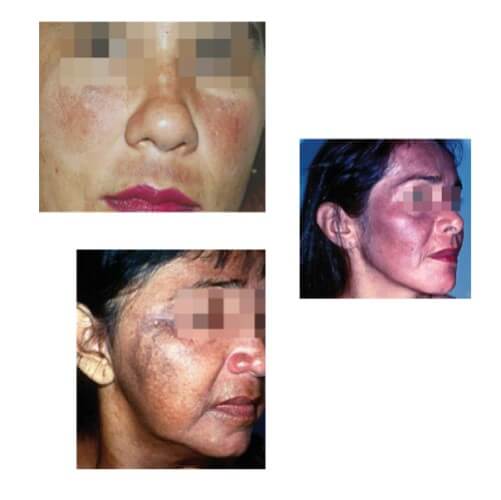
This damage is irreversible.
Even though Hydroquinone is banned in the EU, Arbutin (albeit a derivative of it) is not. Arbutin hydrolyses to Hydroquinone and therefore may result in orchonosis.
Therefore, the EU places the following limits on Arbutin:
- Beta Arbutin limited to 7% in face creams.
- Alpha Arbutin limited to 2% in face creams and 0.05% in body lotions.
In Japan, there have also been some cases of contact dermatitis.
What do I think?
I am relatively comfortable that if (e.g.), Dr Dennis Gross Skincare has a product that is Made in the EU and contains Alpha Arbutin that it is within the EU limits listed above. I also note that the dermal absorption of both forms of Arbutin is very low when compared to Hydroquinone.
Therefore, I am totally OK using such products.
BUT there is a sparsity of data on (e.g.) interaction with Arbutin and other skin lighteners (e.g. Kojic Acid, Vitamin C and Niacinamide) and I am more than happy to change my mind if I see clinical data or research etc that raises questions of safety.
In Asia, the story is different.
On the one hand, the Japanese brand Shiseido used to have Arbutin in some of its products. It doesn’t anymore, which indicates a South Asian market trend away from Arbutin usage (?) Who knows.
Similarly, in the research I did for this blog, it appears that manufacturers are working on derivatives of Arbutin and delivery mechanism (nano-technology) to reduce any side-effects that may be associated with Arbutin.
For example, Clinique (now) use Dimethoxytolyl Propylresorcinol, another whitening ingredient in its Even Better Clinical Dark Spot Corrector & Optimizer range….
However, you can still buy 10% Arbutin products in Asia.
MY VIEW
Let’s be clear: I am not comfortable buying a 10% Arbutin product from Asia (India, China, South Korea, Japan). I am comfortable buying a lower percentage product from a well-known brand (e.g.) Dr. Dennis Gross Skincare or Clinique. For example, I would be comfortable with 0.1% – 2% Arbutin in my product.
Products containing Arbutin
Quite a few products contain Arbutin, but not that many. Here are a few big brand names. Drop me a line at email@happyskindays.com if you have any comments or queries. I would love to hear from you.
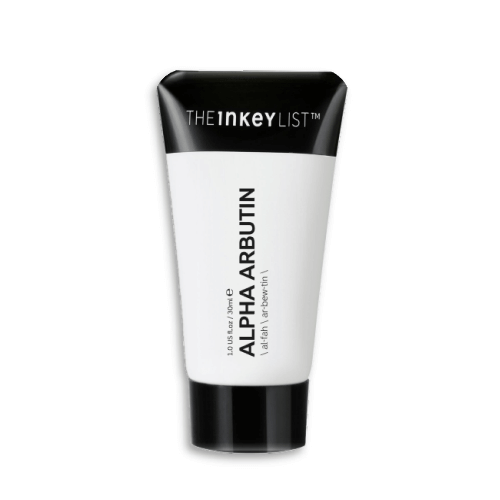

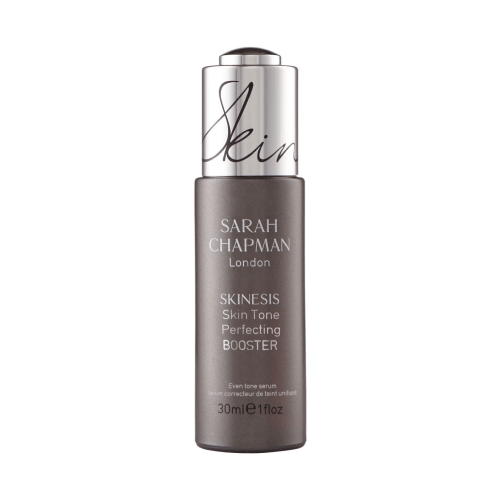
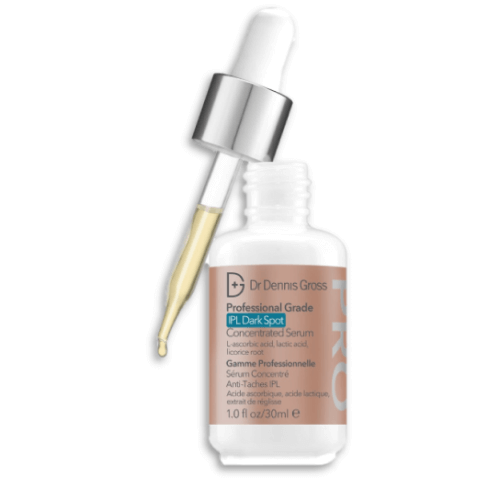
Available at Sephora, brand’s website, cultbeauty and so many other places!
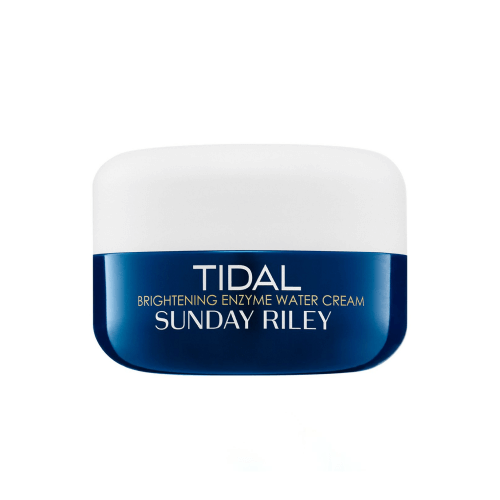

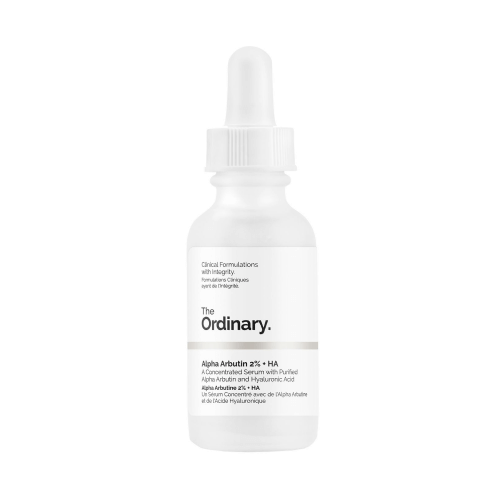

Sources
Scientific Committee on Consumer Safety on Beta Arbutin, Alpha Arbutin
Yoshie Matsuo, Akiko Ito, Yukiko Masui and Masaaki Ito “Contact dermatitis caused by arbutin contained in skin‐whitening cosmetics” Contact Dermatitis, 72, 398–421
Funayama M, Arakawa H, Yamamoto R, Nishino T, Shin T, Murao S. Effects of alpha-and beta-arbutin on activity of tyrosinases from mushroom and mouse melanoma. Biosci Biotechnol Biochem 1995;59(1):143-4
RESMI MUSTARICHI, DOLIH GOZALI,”FORMULATION AND EVALUATION OF ALPHA ARBUTIN SKIN LIGHTENING CREAM USING POLYACRYLATE BASE BY COLD PROCESS” International Journal of Applied Pharmaceutics, Volume 11, Issue 1, 2019
Liang Qin, Yang Wu, Youting Liu, “Dual Effects of Alpha-Arbutin on Monophenolase and Diphenolase Activities of Mushroom Tyrosinase” Chem. Pharm. Bull. 51(7) 798—801 (2003)
Kazuhisa Sugimoto et al, Inhibitory effects of alpha-arbutin on melanin synthesis in cultured human melanoma cells and a three-dimensional human skin model, May 2004 Biological & Pharmaceutical Bulletin 27(4):510-4
Siliva Surini, Tina Mellani Formulation and physical evaluation of microemulsion and W/O/W multiple emulsions dosage forms with alpha arbutin, lactic acid, and niacinamide as skin-whitening cosmetics. October 2017 International Journal of Applied Pharmaceutics 9:67
Advances in arbutin as a whitening functional factor, Advanced Research of Arbutin as a Whitening Functional Factor in Cosmetics, Hans Journal of Food and Nutrition Science 食品与营养科学, 2019, 8(1), 35-44 Published Online February 2019 in Hans.
